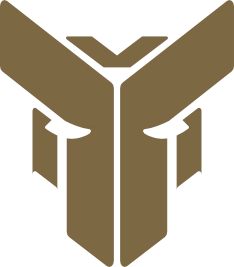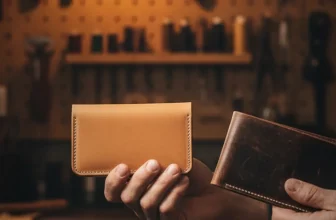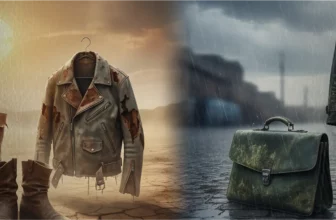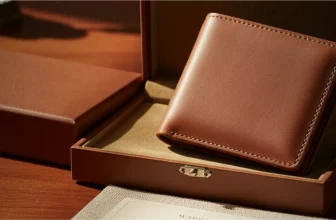Innovations In The Leather Industry: Modern Trends & Sustainable Solutions Introduction

The leather industry, with its deep-rooted heritage, is undergoing a revolution fueled by cutting-edge innovation, advanced technology, and the global movement towards sustainability. As demands shift toward quality, ethical sourcing, and modern aesthetics, manufacturers and brands are embracing new approaches. This article explores the most important innovations in the leather industry, including breakthrough materials, eco-friendly processing, and the rapid evolution of leather fashion and accessories. These changes are shaping a future where tradition and innovation come together to redefine the role of leather in a modern world.
Learn more about leather and make better choices:
1.Why Innovations in the Leather Industry Matter?
“Innovations in the Leather Industry” is more than just a buzzword—it’s a critical focus for brands responding to the changing needs of a conscious market. Increasing consumer awareness about environmental impact and animal welfare, alongside competition among global brands, has made it essential to innovate beyond traditional leather crafting.
Innovation is not only about creating new products but also about transforming the entire value chain, from raw materials and manufacturing to how leather goods reach consumers. The intersection of tradition and modernity has never been more prominent.
2.Sustainable Materials: From Plant-Based to Fruit Leather:
One of the most transformative trends is the rise of plant-based leather alternatives. Companies are developing leather-like materials from mushroom mycelium, pineapple fibers, apple pulp, cactus, and other plants—instead of animal hides. These fruit-based leather alternatives look and feel remarkably similar to traditional leather but offer significant advantages in water and energy conservation and reduced chemical use.
Top brands leverage these new materials to create vegan leather accessories and fashion-forward collections, satisfying growing demand among eco-conscious and animal-friendly consumers. Choosing sustainable materials has become central to success in the modern leather industry.
3.Eco-Friendly Tanning and Processing:
The traditional tanning process, heavily reliant on chemicals like chromium, is a significant source of pollution in the industry. Today, the move towards vegetable tanning leather processes and chrome-free leather advantages is gaining momentum. Vegetable tanning, using natural tannins from plants, provides a safer, more sustainable foundation for luxury and mass-market goods alike.
Advancements in process efficiency, energy management, and waste reduction make it possible to produce high-quality, eco-friendly leather products while minimizing environmental impact. The industry is rapidly shifting toward closed-loop systems and renewable resources.
4.Smart Leather and Advanced Technologies:
Technology is a major driver of innovations in the leather industry. Nano-treated leather durability utilizes nanotechnology to enhance the performance of leather, making it more resistant to water, stains, and microbes. Meanwhile, smart leather wearables combine traditional style with technology, featuring capabilities such as embedded sensors, touch interaction, and even color-changing surfaces.
Brands experimenting with smart leather wearable technology are meeting the expectations of a new generation that values both function and form, unlocking exciting opportunities in luxury, sports, and tech fashion.
5.3D Printing, Laser Cutting, and Creative Freedom:
The adoption of 3D printed leather and laser cut leather jewelry is opening new creative frontiers. 3D printing makes it possible to design unique leather structures, while laser cutting enables the production of intricate patterns with precision, minimizing material waste.
These techniques support embossed textured leather trends and allow for rapid prototyping, customization, and mass personalization—appealing directly to designers and end-users who seek exclusive, individualized products.
6.Quality Control and Digital Traceability:
Modern leather production is blending craftsmanship with emerging digital tools. Leather quality control technology now leverages automation and artificial intelligence to inspect and trace products throughout production. This guarantees not only product quality but also supply chain transparency, supporting ethical sourcing and regulatory compliance.
Brands equipped with advanced quality control stand out as innovative leather brands, building greater trust and loyalty while facilitating global partnerships and certification.
7.Accessories and Consumer Trends: Eco-Friendly and Versatile:
Designers are embracing eco-friendly synthetic leather for accessories as consumers prioritize sustainability without compromising on style. The success of vegan leather bags, shoes, belts, and even luxury goods highlights a shift in market values.
Color changing leather fashion and other high-tech enhancements add an extra layer of appeal, helping brands position their products as both trendsetting and responsible. These innovations also support affiliate marketing through unique product stories and demonstrable benefits.
8.The Future of Innovations in the Leather Industry:
The pace of change in the leather industry is expected to accelerate. Collaborations with biotech firms, tech startups, and material innovators will redefine what leather can be, both aesthetically and functionally. Prioritizing sustainability, ethical production, and cutting-edge technology positions the industry for growth.
For content creators and affiliate marketers, covering these innovations not only attracts traffic but also educates and inspires audiences to make informed choices about the products they purchase.
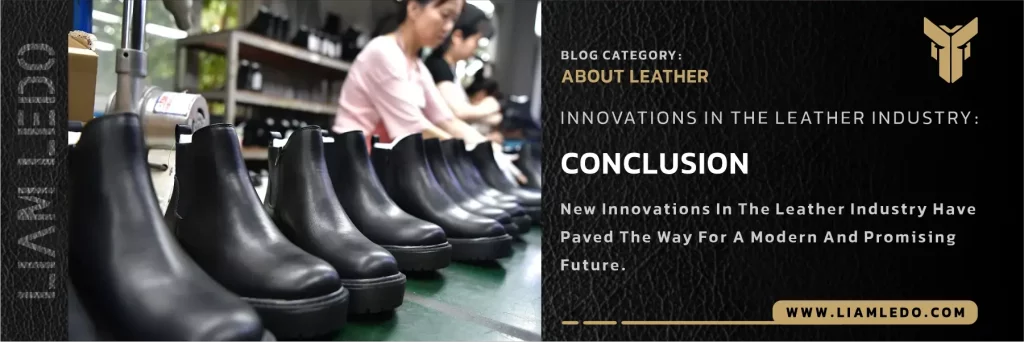
Conclusion
Innovations in the Leather Industry are setting a new standard for performance, sustainability, and appeal. By embracing plant-based and recycled materials, eco-friendly processes, smart technology, and next-generation design tools, brands are future-proofing their businesses and reshaping consumer expectations. These advancements ensure that leather remains relevant and desirable in a rapidly changing global market.
Source: The Gentleman’s Gazette | Wikipedia
